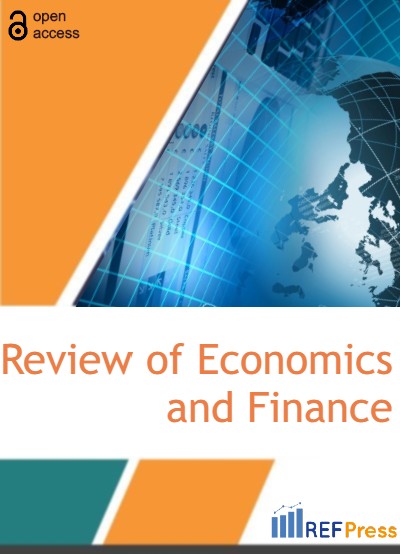
Post-War Recovery Strategy for the Ukrainian Light Industry: Regional ESG Rating Application
(Pages 1370-1379)Oleksandra Zolotova*
School of Economics and Management, Shaanxi University of Science and Technology, University Park of Weiyang District, Xi’an, China.
DOI: https://doi.org/10.55365/1923.x2023.21.150
Abstract:
Aims: The research purpose is to analyze the essence and efficiency of the functioning of the light industry of Ukraine before the full-scale invasion of Russia into Ukraine and to identify development problems during the full-scale invasion, to build the investment profile of the light industry in the regions of Ukraine based on environmental, social and governmental (ESG) rating to promote the recovery strategy after the war. The empirical data refers to the light industry ESG factors in 25 Ukrainian regions from 2015 to 2021. Methodology: The research is based on an approach to the formation of an investment strategy of light industry with adaptation to the requirements of an unstable environment. The theoretical foundations of the development of light industry were analyzed, the strategy of the development of light industry and the mechanisms of its implementation were formalized. On the basis of a comparative analysis of the development of the branches of the Ukrainian economy during the war period, the priority areas for investment were determined. A dynamic approach involves responding to changes in the external environment, identifying problems and using methods to solve them. The article analyzes directions for solving the problems of investment development of light industry and ensuring the competitiveness of enterprises. The study substantiates recommendations for post-war recovery. Results: Light industry is an important part of the economy, and its development can significantly improve the country's economic performance. Given the challenges of the external environment, the development of light industry in wartime is slowing down. Sales of light industry products account for a very small share of the country's total industrial production. Therefore, the problem of analytical assessment of the current state of the light industry is relevant in order to identify these problems and find ways to eliminate them. The future development of the light industry lies in increasing the share of domestic goods in the domestic market and increasing exports of local products. Thus, to increase the competitiveness of domestic products, it is necessary to improve the quality of products and reduce costs and prices. This will be possible when the national agro-industrial complex is restored, which will be able to provide light industry with raw materials for its products. Scientific Novelty: The scientific novelty of the results obtained is the development of an investment strategy for the development of light industry in the context of post-war recovery based on the analysis of literary sources and monitoring of the functioning of the light industry before the full-scale invasion of Russia in Ukraine, during the war, and forecasting the post-war recovery. Unlike existing strategies, this strategy is aimed at taking into account the principles of the ESG concept and allows banks and other financial institutions to make effective investment decisions. Conclusion: Improving the competitiveness of domestic products in terms of price and quality will allow domestic entrepreneurs to gradually move away from traditional production models. At the same time, the industry requires significant investment capital to implement all these measures. The competitiveness of domestic producers contributes to improving the quality of life of the population by raising wages and creating jobs. This will increase purchasing power and help reduce the import market segment.
Keywords:
ESG, the Ukrainian light industry, regional investment profile, post-war recovery.
How to Cite:
Oleksandra Zolotova. Post-War Recovery Strategy for the Ukrainian Light Industry: Regional ESG Rating Application. [ref]: vol.21.2023. available at: https://refpress.org/ref-vol21-a150/
Licensee REF Press This is an open access article licensed under the terms of the Creative Commons Attribution Non-Commercial License (http://creativecommons.org/licenses/by-nc/3.0/) which permits unrestricted, non-commercial use, distribution and reproduction in any medium, provided the work is properly cited.
